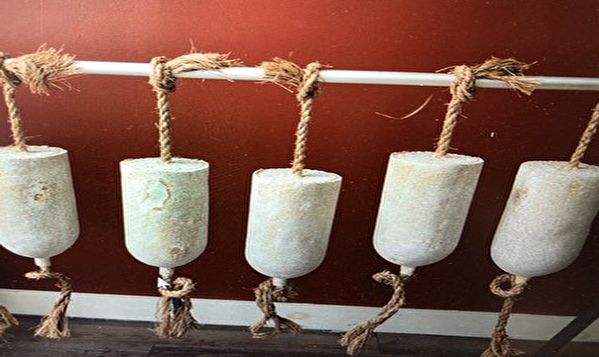In the waters near Nantucket, Massachusetts, people will soon see a batch of new type of buoys made from mushrooms.
The Natural Resources Department of Nantucket recently announced that this summer, they will be placing 135 “MycoBuoys” around shellfish farms. These greyish-white buoys are made from mycelium, the thread-like part of fungi that grows below the soil.
Compared to commonly used plastic buoys, the new mushroom buoys are non-toxic, biodegradable, and do not release plastic particles into the ocean. These particles can enter the bodies of marine organisms, affecting their reproduction and health.
Tara Riley, the Shellfish and Aquatic Resource Manager in Nantucket, told the media that they hope these “MycoBuoys” can be used throughout the entire seafood season (5 to 8 months) without damage. The Natural Resources Department of the town will be testing these natural material buoys to see if they can improve the reproduction rate of shellfish and increase this year’s shellfish yield.
According to the website “MycoBuoys.com,” the inventor of this new type of buoys is mycologist Sue Van Hook. During 10 years of research, she discovered that composite materials made from mushrooms have stronger buoyancy in water. In 2012, she introduced the first batch of mushroom buoy products to lobster fishermen in Maine, which received great feedback. Currently, many seafood industries are trying to use her “MycoBuoys.”
责任编辑:馮文鸞

